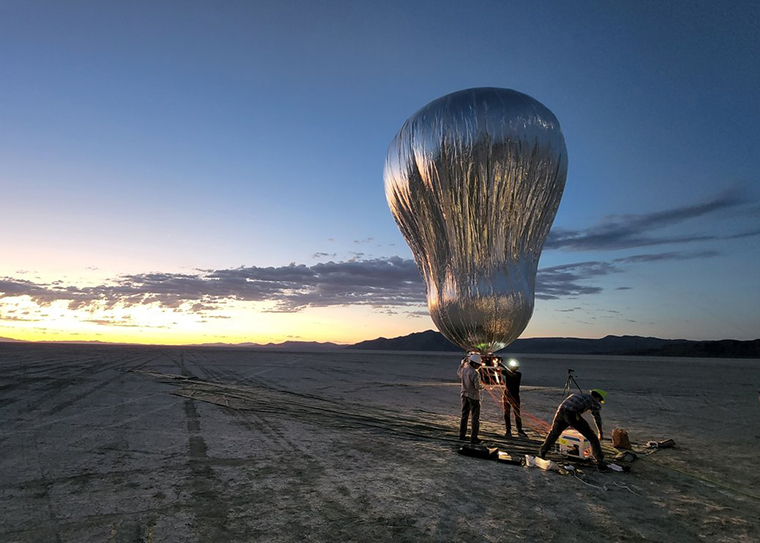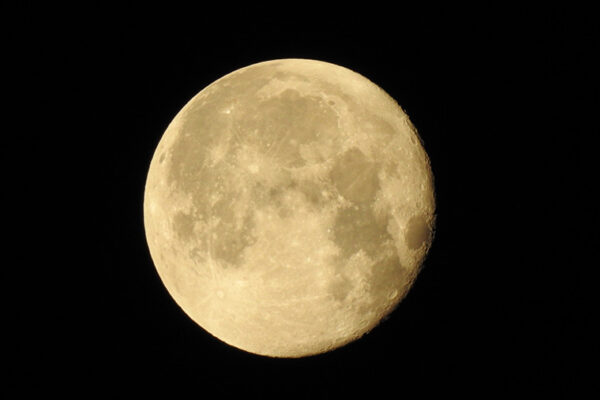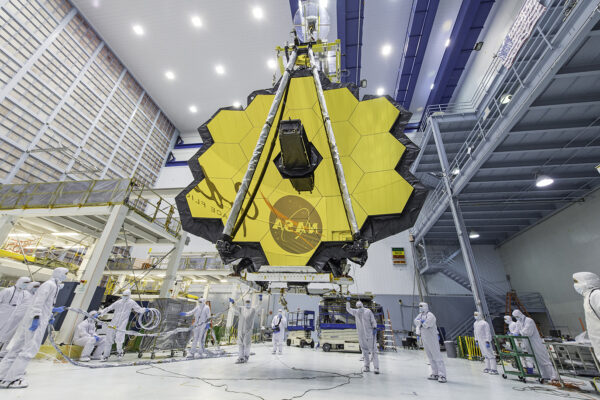Venus is Earth’s nearest planetary neighbor. It may have been the first habitable world in our solar system, but it’s not any longer. The intense pressure, heat and corrosive gases of Venus’ surface are enough to disable even the most robust spacecraft in a matter of hours. But a few dozen miles overhead, the thick atmosphere is far more hospitable to robotic exploration.

A new space exploration concept envisions pairing a balloon with a Venus orbiter, the two working in tandem to study Earth’s sister planet. While the orbiter would remain far above the atmosphere, taking science measurements and serving as a communication relay, an aerial robotic balloon, or aerobot, about 40 feet (12 meters) in diameter would travel into it.
Paul Byrne, associate professor of earth and planetary sciences in Arts & Sciences at Washington University in St. Louis, is a science collaborator for a prototype aerobot built by NASA’s Jet Propulsion Laboratory and the Near Space Corp. A scaled-down version of the aerobot that could one day take to the Venusian skies recently completed two Nevada test flights.
“The success of these test flights is a huge deal for us: We’ve successfully demonstrated the technology we’ll need for investigating the clouds of Venus,” said Byrne, who is a faculty fellow of the university’s McDonnell Center for the Space Sciences. “These tests form the foundation for how we can achieve long-term robotic exploration high above Venus’ hellish surface.”
The shimmering silver balloon ascended more than 4,000 feet (1 kilometer) over Nevada’s Black Rock Desert to a region of Earth’s atmosphere that approximates the temperature and density the aerobot would experience about 180,000 feet (55 kilometers) above Venus. The prototype is about one-third the size of the future balloon that scientists envision for space flight.
The tests represent a milestone in proving the concept’s suitability for accessing a region of Venus’ atmosphere too low for orbiters to reach, but where a balloon mission could operate for weeks or even months.
Read more about the aerial robotic balloon from the Jet Propulsion Laboratory.



